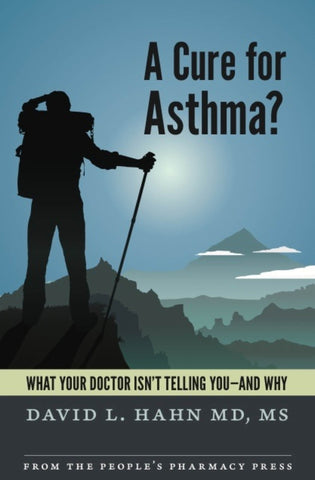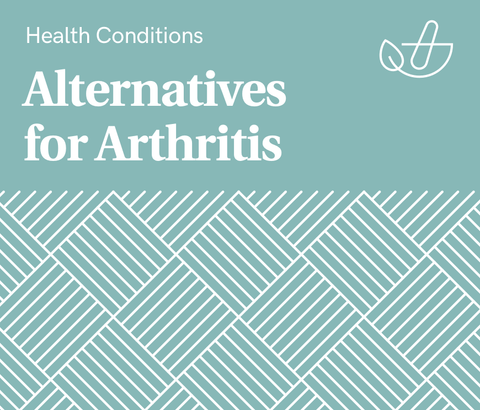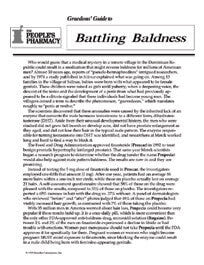Link to your individual collections by creating a new linklist in the Navigation section of the admin.
You can then have it appear here by choosing your new linklist under Customize Theme / Sidebar.

Show 1227: What Do You Need to Know About Airborne Virus?
Early in July, more than 200 scientists sent a letter to the World Health Organization urging it to consider the strong evidence that the SARS-CoV-2 virus that causes COVID-19 can be transmitted through tiny aerosol particles as well as through larger droplets. (Clinical Infectious Diseases, July 6, 2020). Both of our guest experts today signed that important letter about airborne virus. What is the difference between the different types of virus-carrying particles and why does it matter?
How Do Viruses Get into the Air?
COVID-19 is not the first infection to be spread through indoor air. Unless a building has excellent ventilation with plenty of fresh air, there is a strong chance that an infected person can emit viruses that will persist for quite a while. Studies such as the one of a restaurant in Guangzhou suggest that airborne transmission is an important factor in the spread of this disease. Why was the WHO so slow to recognize this?
Understanding Particle Sizes:
When people breathe, talk, sing, cough or sneeze, they produce moisture droplets of various sizes. (To visualize this, think of seeing your breath on a cold morning.) Normally, we don’t pay much attention to this phenomenon, but when the individual has a virus, all of that breath could carry infectious bits. If someone else breathes them in, that person could contract the disease.
This is why masks can be helpful, in conjunction with staying far apart and not congregating with numerous other people. While masks aren’t perfect, they do cut down on the particles broadcast into the air. They can also reduce the number of particles a person might breathe in.
Why Ventilation Helps Reduce Airborne Virus:
What are the different strategies we can use to reduce our risk of infection? Indoor exposure can be especially tricky. Energy-efficient HVAC systems need to be able to bring in plenty of fresh air, because that dilutes a potential viral load. How should the ideal 21st century ventilation system be designed?
For homes and offices, using the appropriate air filters can make a difference. Dr. Richard Corsi recommends a filter rated MERV13 if the HVAC system can handle it. That would provide a reasonably good level of protection against airborne coronavirus if people are also taking other precautions. Find out which portable air cleaners are useful.
How Airborne Virus Travels Through the Air:
Dr. Linsey Marr is one of the few scientists to focus research attention on how viruses hitch rides with aerosols. She explains the difference between droplets and aerosols as being something like the difference between a window-cleaning spray and cigarette smoke. Dr. Marr will describe the studies that have convinced her that we need to pay close attention to airborne virus. She can also suggest ways to deal with indoor spaces that don’t have perfect ventilation, and she offers advice on how you can stay healthy during the pandemic.
This Week's Guests:
Dr. Richard L. Corsi is Dean of the Maseeh College of Engineering and Computer Science at Portland State University in Oregon. Prior to his current position, Dr. Corsi spent 25 years as a faculty member, department chair, and endowed research chair at the University of Texas at Austin. There he did extensive research related to sources, fate, human exposure to, and control of a wide range of indoor air pollutants. He is currently the President of the Academy of Fellows of the International Society of Indoor Air Quality and Research.
Dr. Linsey Marr is a professor of civil and environmental engineering at Virginia Tech, where she leads the Applied Interdisciplinary Research in Air (AIR2) laboratory. Her research group focuses on three main areas: how air inside buildings and outside in the natural environment affects, transports, and interacts with pollution; the dynamics of biological aerosols like viruses, bacteria, and fungi; and the characteristics of the tiniest of natural and manmade particles, called nanomaterials. Marr teaches courses in environmental engineering and air quality, including topics in the context of global climate change, as well as health and ecosystem effects. The photograph is of Dr. Marr.




